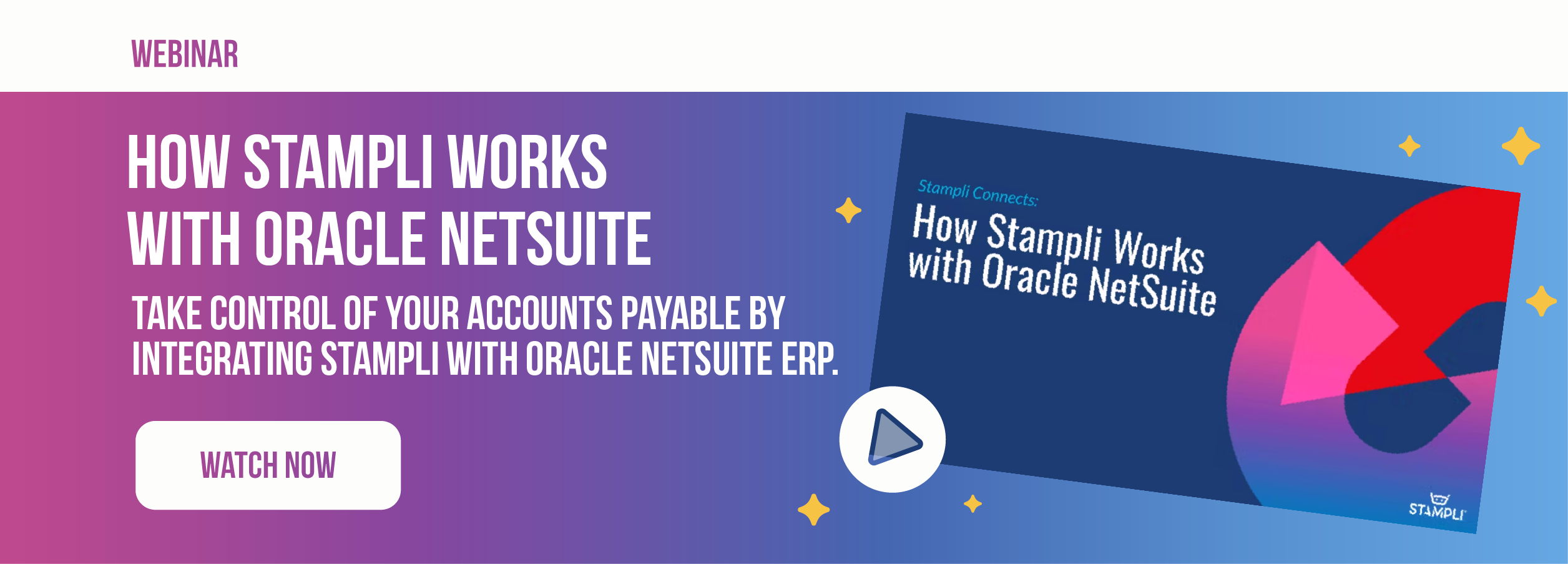Our Quick Guide to ERP Finance Modules

The ERP finance module is one of the core components of an ERP system. It integrates and shares data with other ERP modules and business systems to provide a single source of truth for financial data. The finance module can save you time and money by streamlining workflows, reducing fraud and errors, expediting transactions, ensuring compliance, and delivering real-time visibility into financial performance.
ERP finance modules come well-equipped to handle a wide range of accounting and financial functions. However, there may be cases where the finance module lacks the flexibility or capability to meet your business needs. In those cases, you’ll need to look to a third-party software solution that can integrate with your ERP software. In this podcast episode, Jeff Cross, the CFO of BrandMaker, explains how leveraging technology can help a business prepare to scale.
This article will walk you through the basics of the ERP finance module and third-party integrations to better understand how they could benefit your business.
What Does an ERP Finance Module Do?
ERP (enterprise resource planning) systems integrate and automate business processes like inventory management, CRM, production planning, and accounting and finance into a single platform. In a nutshell, the goal of an ERP is to seamlessly integrate employees, processes, data, and business systems across your company.
The ERP financial module gathers financial data from other ERP modules and integrated business systems and turns data into reports such as the balance sheet, general ledger, and other financial statements. A financial module shares data with the other ERP modules and integrated accounting software via a centralized database. Most typical finance modules cover several essential business functions:
Profit Tracking
Monitoring financial performance and cash flow, providing profitability analysis, and forecasting ROI to give an overall view of the company’s financial health and inform decision-making.
Accounts Payable
Streamlining and automating purchasing transactions, invoice processing, and approvals. Integrating payables data with procurement, payment, and supply chain management systems.
General Ledger & Financial Reporting
Gathering data and tracking and recording financial transactions, income, expenses, capital accounts, assets, and liabilities across the organization.
Accounts Receivable
Automating customer invoicing and billing, payment matching, collections, and other revenue management functions.
Asset Management
Tracking and managing intangible and fixed assets and calculating and analyzing depreciation, tax, and compliance requirements.
Financial Planning & Analysis
Providing financial insights and risk management via real-time analysis, planning, budgeting, and forecasting.
Accounting & Financial Close
Automating financial close and accounting processes like reconciliation, compliance, and reporting.
Treasury Management
Automating and streamlining payments and cash management processes and managing financial risk.
Tax Management
Managing compliance, documents, and reporting, providing analytics and optimizing tax strategies.
When considering an ERP finance module, you should work from these features to get a high-level understanding of your business needs. Together, these functions provide real-time monitoring, control, and management of an enterprise’s core accounting and financial processes to provide several benefits to your business.
Benefits of ERP Financial Modules
The finance module is central to the functionality of your ERP software because it lets you know where your company’s money is utilized. Here are some of the benefits of implementing a financial module and automating your accounting and financial management:
Save Time and Money
Automating and optimizing manual accounting and finance processes increases employee productivity and saves money.
Improve Planning & Budgeting
Make better business decisions and create more accurate budgets with real-time analytics and reporting that provides actionable cost and revenue data.
Reduce Errors and Fraud
Automated data entry and enforcement of internal controls reduces the risk of human error and internal fraud.
Better Financial Transparency and Control
Centralized data, automated internal controls, and analytics dashboards give greater visibility and control of financial data and processes.
Data Sharing Across Platforms
Integration with other ERP modules or third-party business systems ensures key data remains consistent and accurate across the organization.
To fully realize these benefits, you must ensure the ERP finance module is flexible and powerful enough to meet your business needs. For example, you may need the capability to handle multiple currencies or payment systems, or you may need to integrate a legacy accounting system with a new ERP. It pays to carefully consider your current and future accounting and financial management needs when you are looking at choosing and implementing a new ERP solution.
During this process, you may conclude that you can’t find an ERP finance module that meets your business needs or that your existing ERP finance model lacks the capabilities and features you require. In this case, you can look to integrating a third-party system with your ERP to provide the needed functionality.
Integrating Third-Party Solutions with ERP
Most ERP systems can integrate with third-party financial solutions and software. For example, SAP integrates with several third-party solutions to manage payroll, e-commerce, CRM, supply chain management, and other business processes.

Third-party ERP integrations sync with your ERP to share accurate, real-time data with other ERP modules and business systems. With interconnected processes and data sharing, your business can realize significant benefits from using a third-party solution:
Data Sharing Improves Collaboration
Integration creates a central database and single access point across business systems to ensure everyone works from the same data.
Better Process Efficiency
Better communication and streamlined processes across departments mean it will take less time and effort to complete tasks.
Reduced IT Costs
Integrating new and old software systems and platforms reduces the need to purchase or invest in new software and IT assets.
With these benefits in mind, let’s take a look at how third-party integration with your ERP finance module can improve invoice processing times and accuracy.
Case Study for Third-Party Integration – Automated Invoice Processing
Invoice processing is a laborious process that requires AP staff to manually enter, code, and post invoices. Invoices are not all the same, so the rules for processing them can vary from vendor to vendor and even from category to category. It can be difficult to standardize these rules in an ERP finance module. Even if you configure the system to process most invoices received, many will still need to be processed manually, tying up time and resources. Considering that 31% of businesses process over 1,000 invoices monthly, invoice processing must be as smooth and error-free as possible across the board.
In addition, AP teams, purchasers, and approvals are in constant communication during invoice processing. It’s vital to track and record these communications to keep a complete AP audit trail of your procure-to-pay process. Unfortunately, in the absence of a centralized communications hub, most of this communication happens over the phone and email, making it challenging to track approvals and other messages during an audit.
We can help. By providing a single, integrated platform for AP automation, Stampli helps companies gain greater visibility and control over invoice activity.
Our AP automation solution streamlines invoice processing and communications across the procure-to-pay process. Stampli’s AI technology (Billy the Bot), uses machine learning to learn a company’s unique patterns and simplify invoice processing, GL coding, and approvals.
Stampli also features a centralized communications hub that links all communication to the top of the invoice, providing a clean audit trail and reducing human error.
One of our greatest strengths is our flexibility to integrate and work with a broad range of ERPs seamlessly, including AP automation for Oracle Netsuite, Sage, QuickBooks, Microsoft Dynamics 365 and other. You can work how you want – our platform is easily configurable to meet your specific accounting and processing needs. We offer three flexible ERP implementations:
3 WAYS STAMPLI INTEGRATES
Great for cloud applications
Fast, easy integrations without IT support via application programming interface (API) are available for popular cloud applications.
Great for on-premise
Use customized file template created by Stampli to easily import and export files with any on-premise (desktop) or cloud applications.
Great for specialized processes
Stampli has the flexibility to support your existing processes that require manual data entry or other specialized workflows.
Get a free demo today and learn how Stampli can seamlessly integrate your AP and ERP systems.
